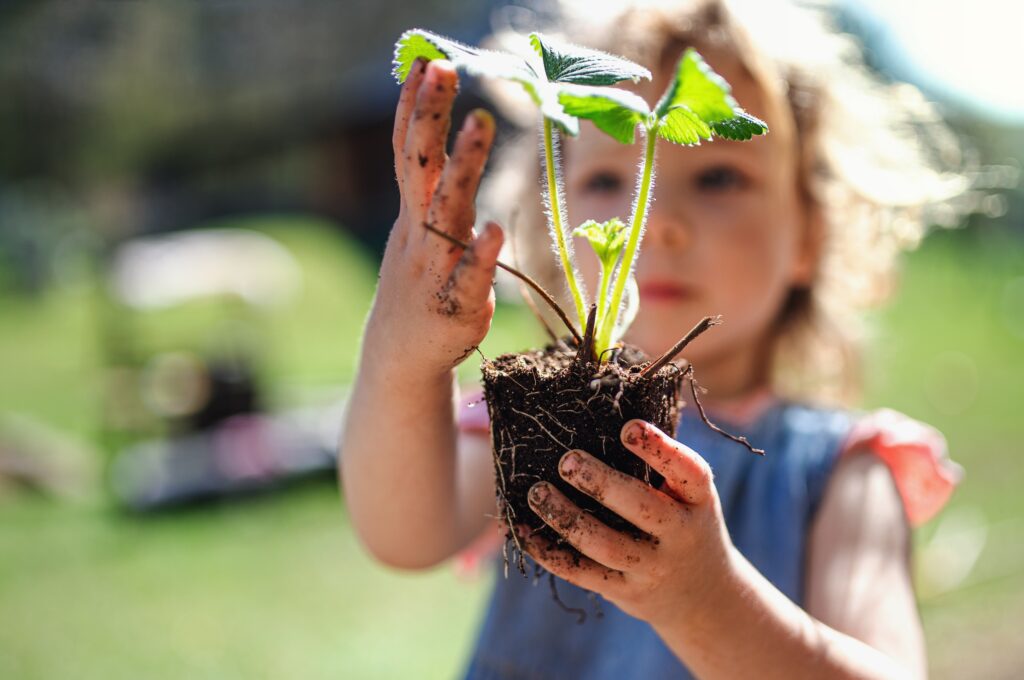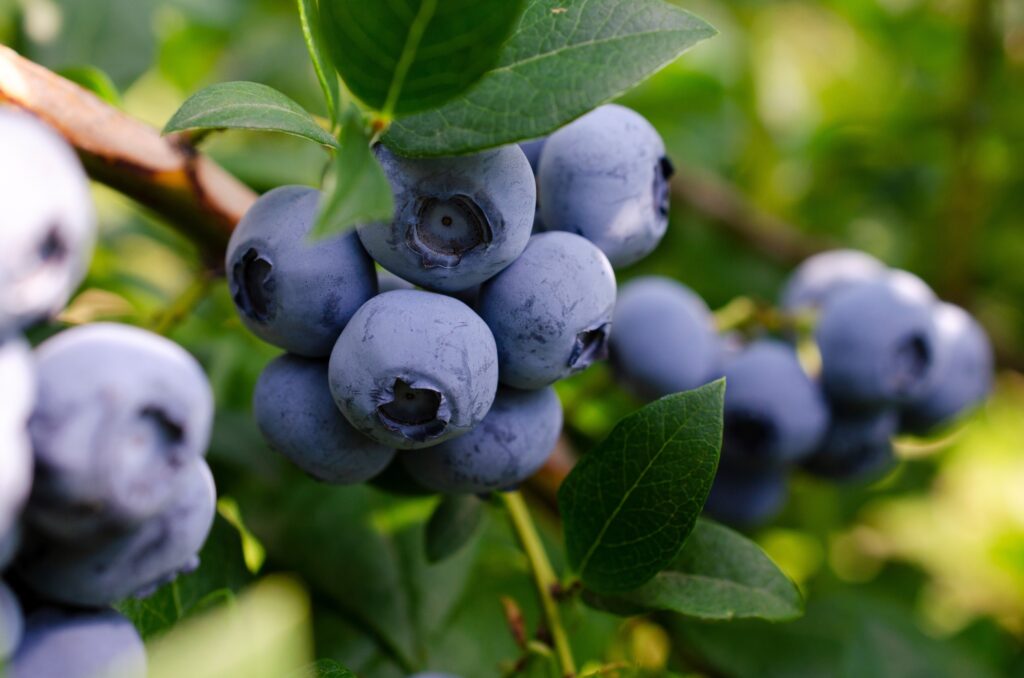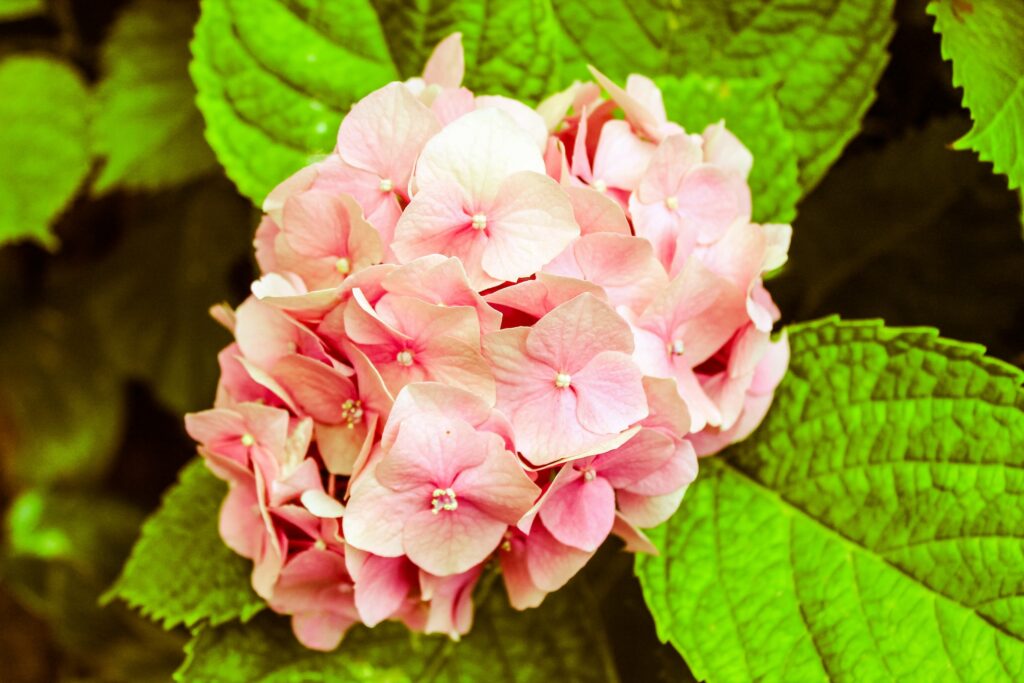Gardening Tips
Is Your Soil pH Balanced? Look to Your Plants for the Answers
Introduction
Maintaining healthy soil is the cornerstone of successful gardening and farming. One of the critical factors that significantly influences soil health is its pH level. Soil pH affects nutrient availability, microbial activity, and plant growth. If you’ve ever wondered whether your soil’s pH is balanced, your plants can provide valuable clues. Let’s delve into how you can read these botanical signals and ensure your soil is just right for your greenery.
Understanding Soil pH
Soil pH is a measure of its acidity or alkalinity, ranging from 0 to 14, with 7 being neutral. Values below 7 indicate acidity, while those above 7 suggest alkalinity. Most plants prefer a pH between 6 and 7.5, but some thrive in more specific conditions.
The Importance of Soil pH
- Nutrient Availability: pH influences the availability of essential nutrients like nitrogen, phosphorus, and potassium. In highly acidic or alkaline soils, these nutrients may become inaccessible to plants.
- Microbial Activity: Beneficial soil microorganisms, crucial for decomposing organic matter and facilitating nutrient uptake, thrive in specific pH ranges.
- Plant Health: The right pH ensures robust root development and overall plant vigor, reducing susceptibility to diseases and pests.

Testing and Adjusting Soil pH
Testing Soil pH
To determine your soil’s pH, you can use a soil test kit, a pH meter, or send a sample to a local agricultural extension office for analysis. Testing is straightforward and provides accurate readings.
Adjusting Soil pH
- To Raise pH (Make Soil Less Acidic): Add lime (ground limestone) or wood ash. Lime not only increases pH but also adds calcium and magnesium.
- To Lower pH (Make Soil More Acidic): Incorporate sulfur, iron sulfate, or organic matter like pine needles or composted leaves. Sulfur is slow-acting, so it’s best to plan ahead.

Signs Your Plants Are Telling You
Your plants can indicate whether the soil pH is too high, too low, or just right. Here’s what to look for:
1. Yellowing Leaves (Chlorosis)
Symptom: Leaves, especially the older ones, turn yellow while the veins remain green.
Possible Cause: This is often a sign of iron deficiency, common in high pH soils (alkaline). Iron becomes less available in alkaline conditions, leading to chlorosis.
2. Stunted Growth
Symptom: Plants are not reaching their expected height or producing fewer flowers and fruits.
Possible Cause: Both highly acidic and highly alkaline soils can restrict nutrient uptake, leading to stunted growth.
3. Poor Flower and Fruit Development
Symptom: Flowers may drop prematurely, or fruits may be underdeveloped.
Possible Cause: This can indicate that the pH is out of the optimal range for flowering and fruiting plants. For example, blueberries thrive in acidic soils, while most vegetables prefer slightly acidic to neutral conditions.
4. Brown Leaf Edges or Tips (Burning)
Symptom: Leaf edges or tips turn brown and dry out.
Possible Cause: This can be a sign of nutrient imbalance caused by incorrect pH levels. Potassium deficiency, which can occur in both acidic and alkaline soils, often manifests this way.
5. Poor Root Development
Symptom: When you inspect the roots, they are sparse, discolored, or showing signs of rot.
Possible Cause: Acidic soils can cause root rot in sensitive plants, while alkaline soils may impede root growth due to poor nutrient availability.

Choosing Plants for Your Soil pH
Sometimes, adjusting soil pH can be challenging. Instead, you might choose plants that naturally thrive in your soil’s current pH. Here are some examples:
Plants for Acidic Soil (pH below 7)
- Blueberries
- Azaleas
- Camellias
- Rhododendrons

Plants for Alkaline Soil (pH above 7)
- Lavender
- Lilacs
- Clematis
- Hydrangeas (pink varieties)
Conclusion
Understanding and maintaining the right soil pH is crucial for plant health and productivity. By paying attention to the subtle signs your plants exhibit, you can diagnose and correct pH imbalances, ensuring your garden flourishes. Whether you choose to adjust the pH or select plants suited to your soil, the key is to stay observant and proactive.
